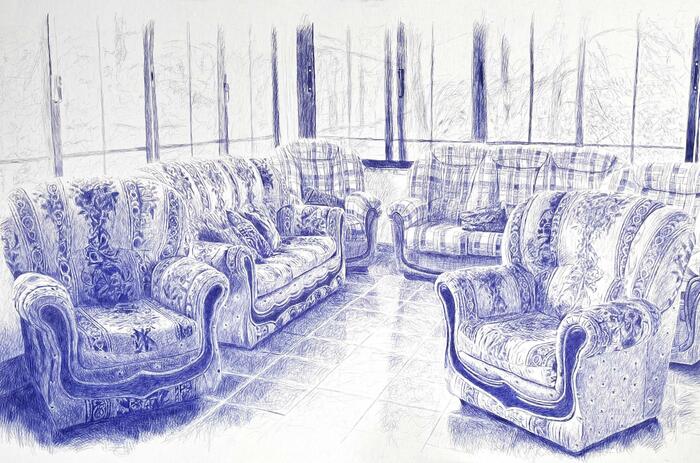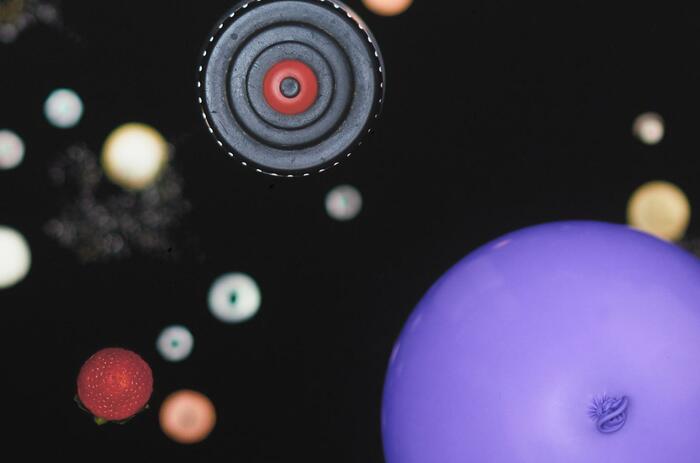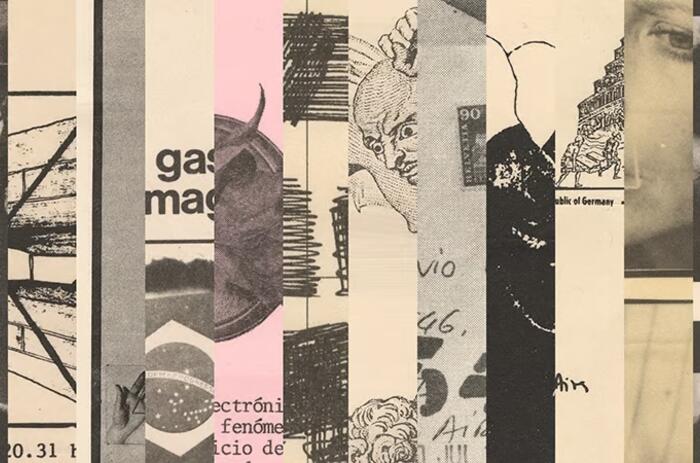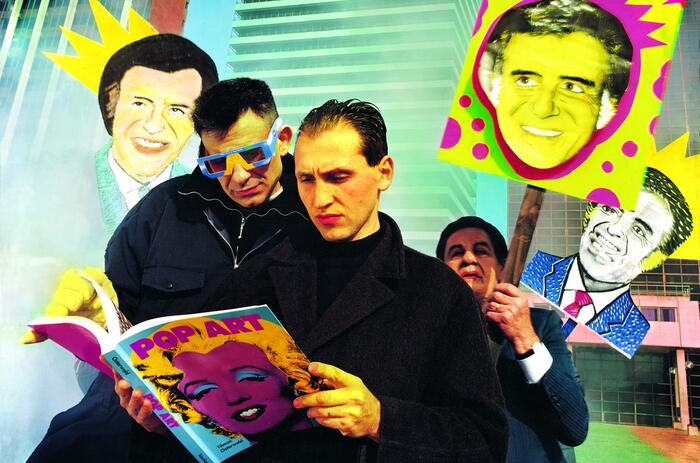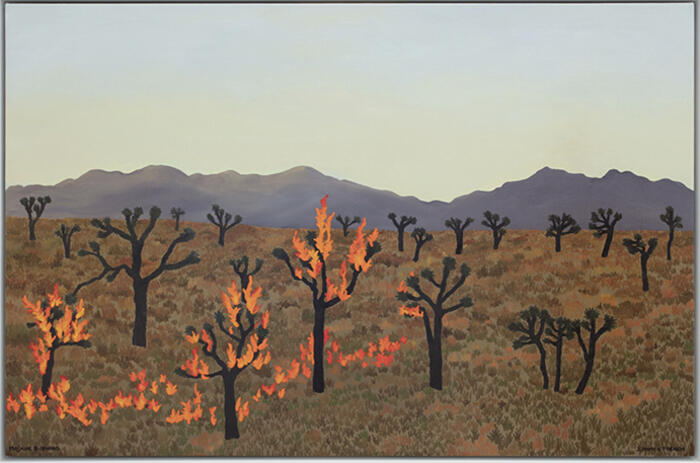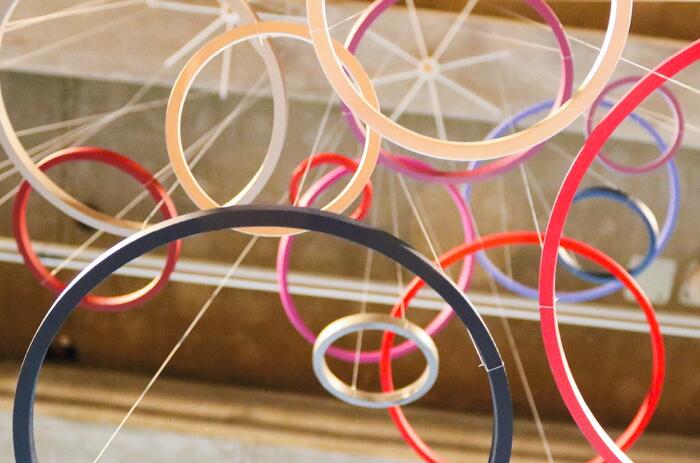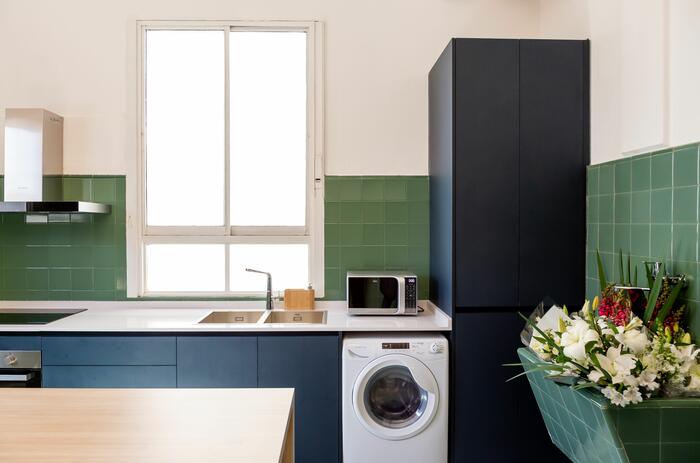GREEN MANIFESTO AT THE BUENOS AIRES MODERN MUSEUM
The exhibition Manifiesto verde (Green Manifesto) at the Museo Moderno de Buenos Aires takes its title from the declaration written in 1971 by artist Nicolás García Uriburu in which he expressed his desire to denounce the antagonism between nature and civilization.
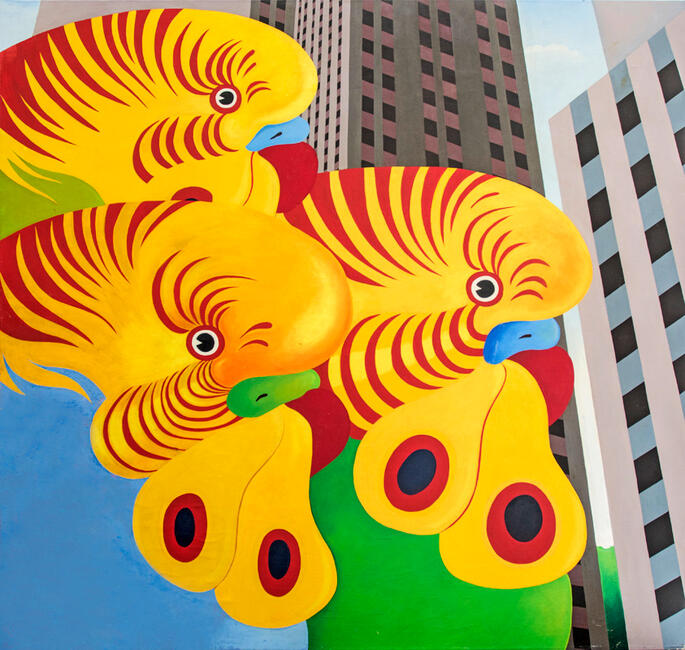
Taking as a starting point the work of this pioneering artist and activist –whose work has been denouncing, since the 1960s, the ways in which human action advances destructively over water, land, flora and fauna- the exhibition seeks to offer a journey through the work of numerous artists whose work, like that of García Uriburu, shows that nature is a living body that is far from being a simple object of domestication or domination.
Produced between the 1960s and the present, the works of the artists that make up Manifiesto verde are a celebration of painting and the imagination as a fundamental medium for recognizing the vigor that characterizes the Earth. If the culture of control attempts to eliminate fear and astonishment in the face of nature, these images reclaim that world of sensations. Detached from modernist and romantic searches, from surrealism, pop and lysergic art, from the development of aesthetics linked to the ornamental and handcrafted, the works are a response from their authors to the dreamlike materials and environments that surrounded them or to which their conscience gained access guided by their artistic impulses. They bring to the forefront, with all their forcefulness, the personality of this great living being, but also, and very particularly, the Paraná River and the wetlands, the Littoral, the jungle of Misiones and the Amazon, the Chaco and Andean landscapes, the visions that emerge from the observation of infinite horizons and the seas and forests of the south. These are reincarnated in his paintings, drawings, engravings and sculptures to show their richness and their entrails.
As the critic, artist and curator Germaine Derbecq wrote about Uriburu's work in 1960, these works naturally participate in a world of "aquatic, jungle or celestial depths, melodic evocations, vegetable dramas, harmonious meanders", which authenticity has nothing to do with a mimetic representation.
On the contrary, their strength lies in the capacity with of these images, in which reality and dream meet, to confront us through their marvelous climates, with the exuberance, voracity and vitality of that wild superorganism of which we are a part, of that form of life made of an endless number of interconnected beings, in which everything flows, integrates, is absorbed, is transformed.
-
Nicolás García Uriburu. Cotorra y Museo Guggenheim. 1969. Óleo sobre tela. Fundación Nicolás García Uriburu.
-
Nicolás García Uriburu. La rebelíon (Puño), de la serie “Antagonismo entre naturaleza y civilización”, 1973. Óleo sobre tela, 190x180cm. Fundación Nicolás García Uriburu.
-
Florencia Bohtlingk. La boca del infierno, 2019. Óleo sobre tela. Colección Museo de Arte Moderno de Buenos Aires.
-
Feliciano Centurión. Libélulas, 1994. Pintura sobre manta de lana. Colección Oxenford.
-
Juan Tessi, Conjuro, 2022. Óleo, gesso, carbonilla sobre lino. Cortesía Juan Tessi. Galería Nora Fisch.
-
Melé Bruniard. Sol, luna y sol. 1965, xilografía. Colección Museo de Arte Moderno de Buenos Aires.

